- Understanding the Customer Journey
- What is Omnichannel Customer Engagement?
- Ecommerce and Omnichannel Customer Engagement
- What is the Difference Between Ecommerce and Omnichannel?
- What is an Omnichannel Strategy?
- Boost Your Business With an Omnichannel Engagement Strategy
- The Best of Omnichannel Ecommerce and Marketing
- Why is Omnichannel Ecommerce Important?
- What are the Benefits of Omnichannel Ecommerce?
- What Are the Challenges With Omnichannel Ecommerce?
- How Can Businesses Overcome these Challenges?
- Omnichannel Ecommerce: The Future of Retail?
The success of retail businesses has always depended on their connection with their customers and how they interpret customer behavior. Each step of the customer journey must engage the target audience and incite favorable actions.
For long-term success, brands must provide options to convert one-time purchasers into loyal customers who can eventually become unofficial brand ambassadors.
Customer engagement is key to success. One of the best ways to boost engagement is leveraging technology and taking advantage of the many channels and platforms readily available to connect with your audience. This is the foundation of omnichannel marketing.
Omnichannel ecommerce takes this to the next level by providing many different platforms from which customers can purchase your products.
Read on for a deep dive into how your online store can use omnichannel marketing and omnichannel ecommerce to improve your customer journey.
Understanding the Customer Journey
If you’re a business owner, you likely already know by now that the way you engage with your customers is vital to your success. Creating a positive, productive customer journey requires businesses to interact with customers at several touchpoints for a memorably smooth experience.
The customer journey covers the overall experience you provide for your customers from the very first time they become aware of your brand. Every step in the journey must be optimized to develop a strong brand-customer relationship.
Like any journey, you need a map to understand the most critical touchpoints, what kind of engagement is needed, and what other strategies you can use to perform better. When you create your brand’s customer journey, you must visualize your marketing strategies in action, consider the customer’s motivations and reactions, and finally create a detailed map that details every moment of the overall customer experience.
Remember that customer journeys are not linear. Your customers will jump from one step to another at their whim. They may abandon their initial journey and come back a few months later through another touchpoint. They may linger in one or two touchpoints before making a purchase.
You must create a customer journey map that is flexible enough to accommodate these variances. The main goal is to engage with your clients in a way that will propel them to continue their journey and convert their interest into a sale.
Understanding your prospects and customers is a basic requirement when creating your customer journey map. You need to know where to find your leads, learn about their motivations, which medium they use to engage with your brand, their potential actions, and where they get their information.
What is Omnichannel Customer Engagement?

When consumers want to buy something, they have so many different options. They can go to a brick-and-mortar store, an ecommerce website like Shopify, a company’s direct-to-customer (D2C) website, or even a social media platform like Instagram or Facebook to engage with the brand they’re interested in.
These are all channels where customers engage with businesses whenever they are—at home, at work, on their commute, even on vacation.
There are many ways to enhance customer engagement. Some of these include:
- Offering incentives for customers to visit your store or website. This includes discounts, free shipping, and samples.
- Creating relevant, targeted marketing campaigns for customers. You can use their purchase or browsing history to create unique ads or send out special offers.
- Responding quickly to customer complaints and inquiries. Being proactive about taking action ensures that you care about your customers and you want to keep their trust.
- Creating an omnichannel experience for customers. This means providing access to your brand via multiple channels such as social media, your brand website, online retailers, and other platforms. Omnichannel customer engagement focuses on a seamless journey no matter what platform your customer prefers.
Ecommerce and Omnichannel Customer Engagement
When a business develops a customer journey that engages and delights their target market, they create a positive experience that will keep customers coming back for more. Fortunately, the internet has made it easy for ecommerce businesses to explore many different platforms where customer engagement and experience could be enhanced.
Today, businesses can connect with customers in so many ways. There’s the traditional face-to-face channel where customers go to physical stores to interact with a brand. Customers can get a personalized experience in a brick-and-mortar shop, but accessibility and ease of access are limited.
Ecommerce businesses can leverage various direct or indirect channels, such as social media, emails, newsletters, catalogs, and calls.
Omnichannel engagement ensures that all customer interactions are unified to enhance their experience. Emails, websites, retail stores, point-of-sale platforms, and even social media apps are aligned to give the customer ease and accessibility wherever they are.
What is the Difference Between Ecommerce and Omnichannel?
Ecommerce is the buying and selling of products and services through an online channel. This could be done through a website, mobile app, or social media platform.
Omnichannel is the use of multiple channels to interact with customers. This could include in-store purchases, online purchases, and phone orders. It links all channels that are part of the customer journey. This way, the customers have a cohesive brand experience no matter what channel or point-of-sale platform they use to engage with your brand.
So omnichannel ecommerce allows businesses to engage their customers at several touchpoints in various channels (online and offline) to make the experience more cohesive and compelling.
What is an Omnichannel Strategy?
An omnichannel strategy is a sales approach that provides an integrated shopping experience. The goal of an omnichannel strategy is to create multiple touchpoints through which customers can interact with your brand, such as social media, retail stores, or mobile devices.
Your strategy must be based on customer behavior, how they engage with your brand, where the initial engagement happens, and where they purchase the product. You should focus on meeting your customer’s needs and expectations in any way possible.
There are four important factors you need to focus on for an omnichannel strategy. Consider the following questions:
1. What are my available sales channels?
Carefully choose which channels you need to develop. Ecommerce businesses can leverage ecommerce marketplaces, social media platforms, business websites, B2B sites, and mobile apps.
Focus on channels that suit your business approach and product, and use others for engagement or advertising.
2. What marketing and advertising options do I have?
Create a marketing plan and advertising strategy that will drive traffic to your ecommerce site and boost your revenue. You could use paid ads on social media, email marketing, or even traditional marketing approaches.
As long as they reach your target audience, you will create a valuable touchpoint for your customers.
3. What are my operational needs?
Consider your omnichannel strategy’s back-office requirements. You need to manage your inventory, streamline order fulfillment, logistics, and delivery. Do you have the technological capacity to manage all of the complex processes and the staff to handle your online channels?
4. How can I ensure shipping and delivery fulfillment?
You can partner with third-party logistics companies to handle shipments and deliveries, especially if you have limited staffing and reach.
Boost Your Business With an Omnichannel Engagement Strategy

Make sure your omnichannel engagement strategy supports your business goals. If you’re trying to increase sales, work on driving more customers to your site. If you want to build customer loyalty, focus on engaging them to purchase again and again.
Above all, your omnichannel engagement strategy must be customer-centric. Too often, companies try to push their agenda instead of providing what their customers ask for.
You must act based on what your customer wants, not what you want them to do.
Your strategy should be flexible and accessible. If it’s difficult for customers to navigate or use one of your chosen platforms, they will quickly give up and opt for one of your competitors instead. Prioritize simplicity and ease of use even for beginners.
Omnichannel ecommerce must also be integrated. The level of integration you can achieve depends on the structure of your omnichannel architecture. Your data systems may be in different formats, but they need to work together to ensure a smooth customer experience.
The Best of Omnichannel Ecommerce and Marketing
Amazon is one of the best examples of omnichannel ecommerce and marketing. Amazon has created a seamless customer journey by engaging customers on all possible channels. It is now one of the most successful businesses in the world.
What Amazon did as an omnichannel marketing giant was to understand what their customers wanted and how they could engage with them wherever they were. Some of these channels include:
Email Marketing
Amazon sends out regular emails to its customers, notifying them about new products, deals, and promotions. They also use email marketing to create loyalty programs for their customers.
Social Media
Amazon has cultivated large followings on all its social media channels. They engage with customers, promote new products, and develop brand awareness.
Blog Posts
Amazon’s blog offers incredibly useful information about their products and services as well as tips for using them. It also provides an opportunity for engagement between Amazon employees and customers.
Product Pages
Amazon’s product pages are very interactive, allowing customers to read reviews, see related products, and find out more about the product before purchasing.
Customer Service
Amazon’s customer service is one of the best in the world of ecommerce. They offer support through phone, live chat, and email.
Why is Omnichannel Ecommerce Important?
Businesses and retailers have responded to evolving customer behavior and preferences during the pandemic. One of the most widespread effects of lockdowns and travel restrictions has been the boom in ecommerce and digital technology.
The great shift to ecommerce has made businesses explore options beyond traditional marketing strategies. Omnichannel ecommerce has emerged, and now companies are attempting to engage with customers and sell products across various platforms.
Omnichannel ecommerce has also made businesses explore logistics and delivery services with a global impact that saw a 25% increase in ecommerce deliveries in 2020.
Omnichannel ecommerce is the future of retail, and its impact will change how brands and consumers interact long into the future.
What are the Benefits of Omnichannel Ecommerce?

Omnichannel ecommerce provides an incredibly convenient customer experience. It allows consumers to switch between channels without experiencing any disruption in service or losing their place in their customer journey.
Omnichannel benefits businesses in several ways:
Improved Customer Experience
Unsurprisingly, the first and most important omnichannel benefit is a top-notch, seamless customer experience. Your customers have several touchpoints in their journey, and integrating communication and sales methods empowers them even more.
When you prioritize customer experience, you are sure to boost your sales and expand your roster of loyal customers.
Integrated Customer Database
Omnichannel ecommerce allows businesses to integrate data gathered from various channels to understand the needs of their target market.
With so many data points, you will be able to create content that appeals to a wide range of customers. You will have the information you need to improve your products and provide services to enhance customer experience.
Increased Site Traffic and Sales
Omnichannel ecommerce involves engaging with customers and selling your products across multiple platforms. This significantly increases brand accessibility, allowing users to go from your social media account to your blog to your product page without losing their place in the journey.
This means that if they are already at a critical touchpoint, omnichannel ecommerce allows customers to move forward and progress from a potential lead to becoming a viable—even loyal—customer.
One study revealed that omnichannel customers spend more than traditional consumers who use only one channel to interact with a brand. Omnichannel customers did more research on different channels, including social media, business websites, and even on-site digital tools.
Customer Loyalty
Omnichannel ecommerce also boosts brand loyalty. When you engage with your customers and provide what they need every step of the way, they will be assured that your brand understands and prioritizes their needs. They will pay this forward by contributing to your brand in big and small ways.
Put yourself in your customer’s shoes. When you interact positively with an ecommerce store, you remember the experience, right? And when you find yourself in a place to purchase another product or service in their niche, you may not even consider any other option.
If your next online purchase goes as smoothly as the first, you may excitedly recommend the brand to your family and friends. You may even share the positive experience with your social media followers. You have become a loyal customer and a brand ambassador of sorts—precisely what the business needs for more revenue and long-term success.
What Are the Challenges With Omnichannel Ecommerce?
Omnichannel ecommerce is undoubtedly the future of retail, but acceptance of the strategy is still limited to certain industries.
There are several challenges that many businesses have to overcome to embrace omnichannel ecommerce strategies:
New Expectations from Consumers
Omnichannel ecommerce platforms must be customer-centric, and they expect accessibility no matter the time and place. For some ecommerce businesses, the struggle centers on delivery and logistics, with demand for same-day deliveries on the rise.
Customers expect deliveries to be completed within a small window, but some online retailers may not meet these needs due to limited operations.
Business websites, retail platforms, and mobile apps make it incredibly easy for consumers to access products wherever they are, at any time of day. The demand for accessibility in all platforms has made businesses speed up their digital expansion plans. However, this could be a challenge for some smaller companies.
Omnichannel consumers now have a long list of options for their purchases. This gives them the power to decide how much they spend and where, forcing businesses to expand their inventory to include alternatives to suit their audience. This may involve finding new suppliers and sourcing new products constantly. Time and space constraints might limit some ecommerce businesses’ responses.
Managing inventory across all channels can be difficult, especially when demand for products varies greatly from one channel to the next. There is also the issue of price inconsistency, as fees generated on one platform may not apply to another.
Deliveries, Distributions, and Returns
Providing omnichannel retailing on a global scale is no easy task. It requires tight coordination and synchronization between channels and an understanding of how to use technology to your advantage.
Logistics is expensive for all ecommerce businesses, and the greatest challenge for retailers has been product returns. In 2020, an average of 40% of online deliveries were returned, compared to 8% of on-site purchases.
Delivery companies follow set schedules, but returns are not part of the process just yet, thus disrupting distribution flow. Some businesses are now exploring reverse logistics to meet this challenge, which means additional expenses for any business.
Increased Costs
Demands for an online presence, creating new supply chains, and expanding inventory mean rising costs to any online retailer. Omnichannel ecommerce may require additional staff, a bigger warehouse, and more advanced software and hardware, all of which require money.
Ecommerce businesses must decide what assets they must invest in so their omnichannel strategy will improve their business revenue.
Digital Limitations
Many online businesses are also limited by the available technology. Omnichannel ecommerce requires a unified platform that can analyze customer information, behavior, and motivation to create a strategy that would improve the brand’s customer journey.
But with ecommerce websites, social media marketplaces, and mobile apps using different modes of gathering customer data, it can be difficult for any business to unify these metrics and make them a comprehensible part of its customer engagement strategy.
How Can Businesses Overcome these Challenges?

Small to medium enterprises may want to shift to omnichannel ecommerce and marketing but find themselves limited by the significant increase in costs. One way to overcome this is to create an omnichannel customer engagement strategy that focuses on the channels that work best for your brand.
This means your business should focus on the platforms that your target audience uses. Address their pain points, provide what they need, and soon, you’ll be rolling in revenue.
Here are some ways you can mitigate expenses and overcome the challenges of your omnichannel strategy:
Look for the Best Omnichannel Platforms
The best omnichannel ecommerce platforms for businesses enable marketing, customer engagement, and shopping experiences via mobile devices.
Market research can help you with this. What platforms are your target audience using to shop? Remember, your strategy must center on your customer journey—meet them where they already are and provide value they can find nowhere else.
Look For Partners
Even if your business is thriving, it doesn’t mean you must continue to do everything alone. Omnichannel ecommerce works best if you have partners and third-party providers that can help you streamline your operations.
Look for service providers that will help you meet your customers’ demands. Logistics and delivery services are good partners, and they have a network of partners all over the globe that could help you reach an international market.
Use Automation and AI
Automation and artificial intelligence (AI) are booming, and the world of ecommerce has been leveraging these developments to their benefit.
Automating your ecommerce business operations will ease the burden on your staff and provide a top-notch experience for your customers, as well. You can leverage automation software for email marketing, customer support, CRM, inventory management, logistics, and more.
For many ecommerce sellers and business owners, using AI on their websites has helped them analyze customer behavior, engage with visitors via live chat, provide personalized shopping experiences, and many more.
Omnichannel Ecommerce: The Future of Retail?
The future is bright for online retailers. With modern consumers all-in on ecommerce, social media, and digital marketing, it is easier than ever to make an impact in your niche, even without a brick-and-mortar store.
Billions of people in the digital world are potential leads. Their online presence is studied, the sites they visit are documented, and their purchases are recorded in point-of-sale platforms. Omnichannel ecommerce is making it easy for the consumer, but could businesses satisfy their customers’ growing demand for accessibility?
Traditional marketing approaches will not disappear, but omnichannel and multichannel marketing and ecommerce will lead to expansion for all industries. If you want your business to thrive, you should explore omnichannel ecommerce and make your customer journey better than ever.
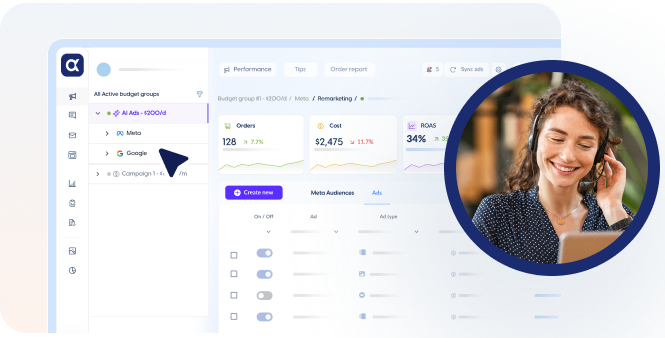

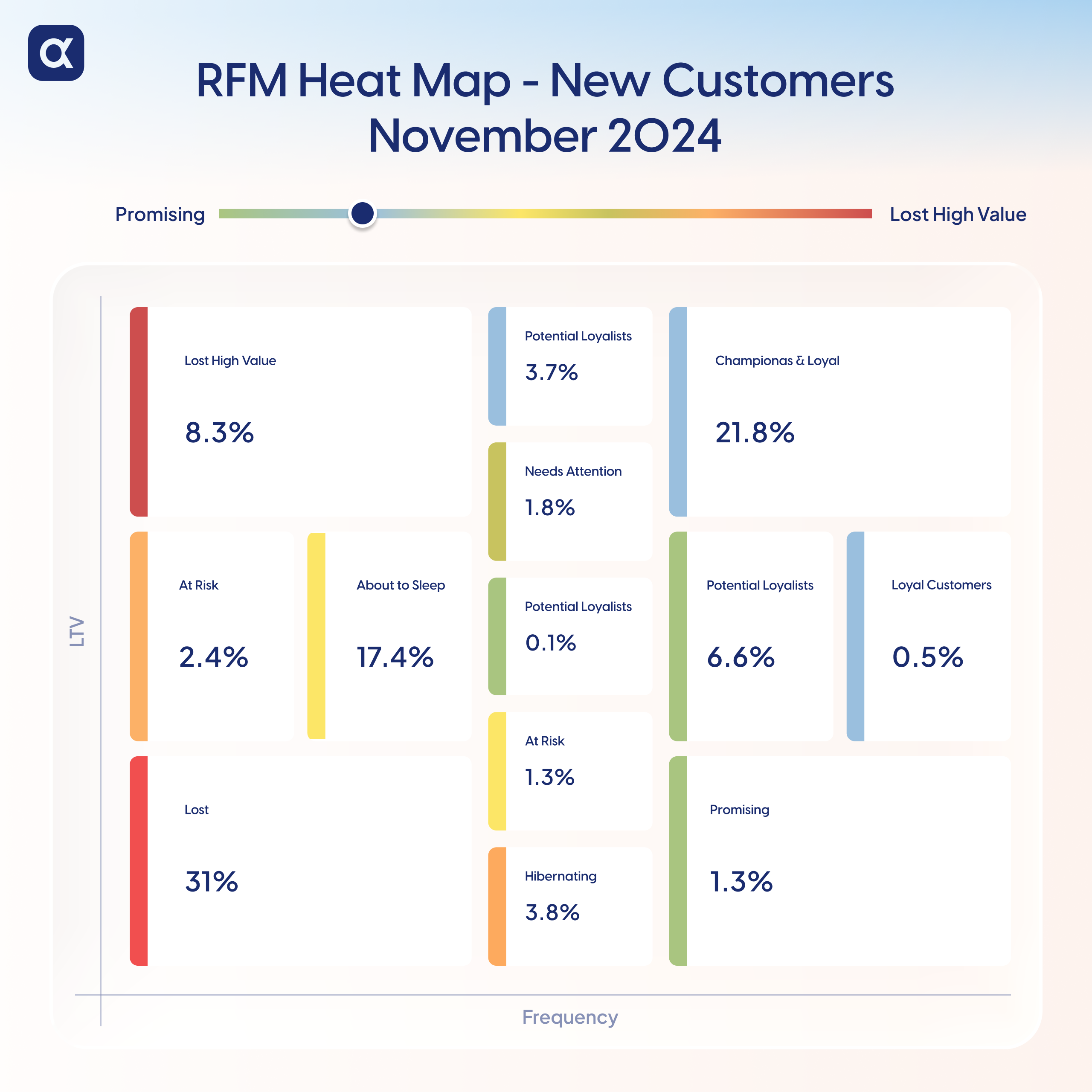






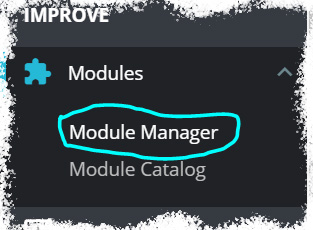

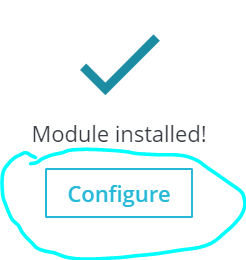



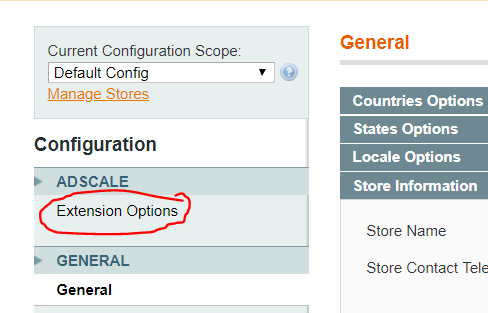
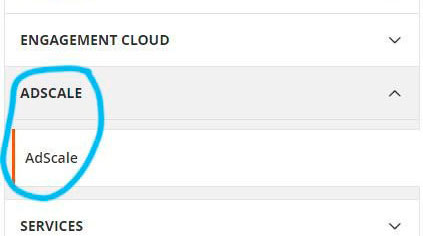

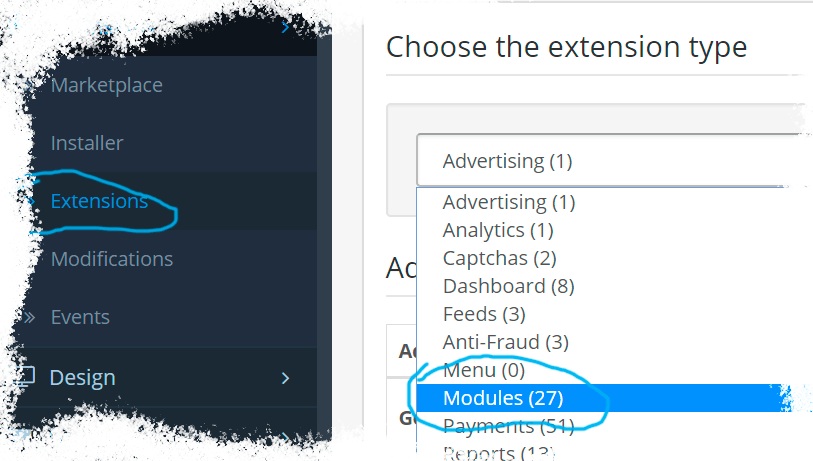
 ,
,